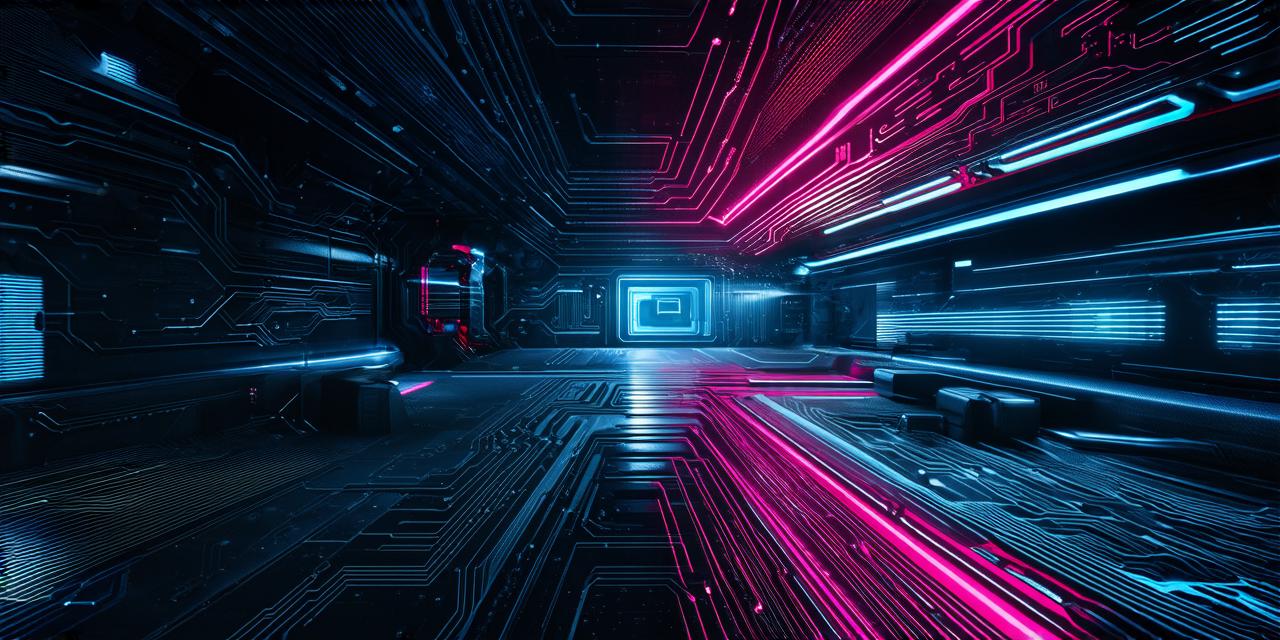1. Hardware Limitations
One of the main technical obstacles facing VR is hardware limitations. While VR technology has come a long way, it still requires powerful hardware to run smoothly. This can be a challenge for developers who may not have access to the latest and greatest hardware or may not have the budget to invest in it. Additionally, the cost of VR hardware can be prohibitively expensive for consumers, making it difficult for them to afford the technology.
To overcome these hardware limitations, developers need to focus on optimizing their code for lower-end hardware. This can involve using techniques such as dynamic resolution scaling and reducing the number of polygons in 3D models. Additionally, developers can explore alternative VR platforms that may be more accessible to consumers with limited budgets or hardware specifications.
2. Display Quality
Another technical challenge facing VR is display quality. While progress has been made in terms of display resolution and refresh rates, there are still significant differences between high-end VR displays and traditional displays. This can lead to motion sickness and other discomforting side effects for users.
To overcome these challenges, developers need to focus on improving the quality of VR displays. This can involve exploring new technologies such as microLED and OLED displays, which offer higher resolutions and faster refresh rates. Additionally, developers can explore ways to reduce motion sickness in VR by using techniques such as smoothing out camera movements and adjusting the field of view.
3. Motion Capture
Motion capture is another key technical challenge facing VR. While progress has been made in terms of improving motion tracking accuracy, there are still significant challenges associated with capturing complex movements in VR. This can lead to unnatural or clunky movement in virtual environments.
To overcome these challenges, developers need to focus on improving motion capture technology. This can involve exploring new techniques such as haptic feedback and using multiple sensors to track movement more accurately. Additionally, developers can explore ways to make motion capture more accessible to consumers by using wearable devices that can be easily set up in a user’s home or office.
4. Input Devices
Input devices are another key technical challenge facing VR. While progress has been made in terms of improving the quality and accuracy of input devices, there are still significant challenges associated with creating intuitive and natural input methods for VR users. This can lead to clunky or unnatural interactions in virtual environments.
To overcome these challenges, developers need to focus on improving input devices. This can involve exploring new technologies such as hand tracking and eye-tracking, which offer more intuitive and natural ways to interact with virtual environments. Additionally, developers can explore ways to make input devices more accessible to consumers by using wireless technology and creating more affordable options.
Conclusion
Virtual reality is a rapidly evolving technology that holds significant potential for the future of entertainment, gaming, and education. However, there are still several technical obstacles that need to be addressed before VR can become a mainstream technology. By focusing on optimizing code for lower-end hardware, improving display quality, advancing motion capture technology, and creating intuitive input devices, developers can overcome these challenges and pave the way for a more immersive and engaging virtual reality experience.
FAQs
1. What are some of the main technical obstacles facing virtual reality?
Hardware limitations, display quality, motion capture, and input devices are some of the main technical obstacles facing virtual reality.
2. How can developers overcome hardware limitations in VR?
Developers can optimize their code for lower-end hardware by using techniques such as dynamic resolution scaling and reducing the number of polygons in 3D models.
3. What are some ways to improve display quality in VR?
Developers can explore new technologies such as microLED and OLED displays, which offer higher resolutions and faster refresh rates. They can also reduce motion sickness by using techniques such as smoothing out camera movements and adjusting the field of view.
4. How can developers improve motion capture in VR?
Developers can explore new techniques such as haptic feedback and using multiple sensors to track movement more accurately.
5. What are some ways to make input devices more accessible to consumers in VR?
Developers can use wireless technology and create more affordable options for input devices. They can also explore new technologies such as hand tracking and eye-tracking, which offer more intuitive and natural ways to interact with virtual environments.
